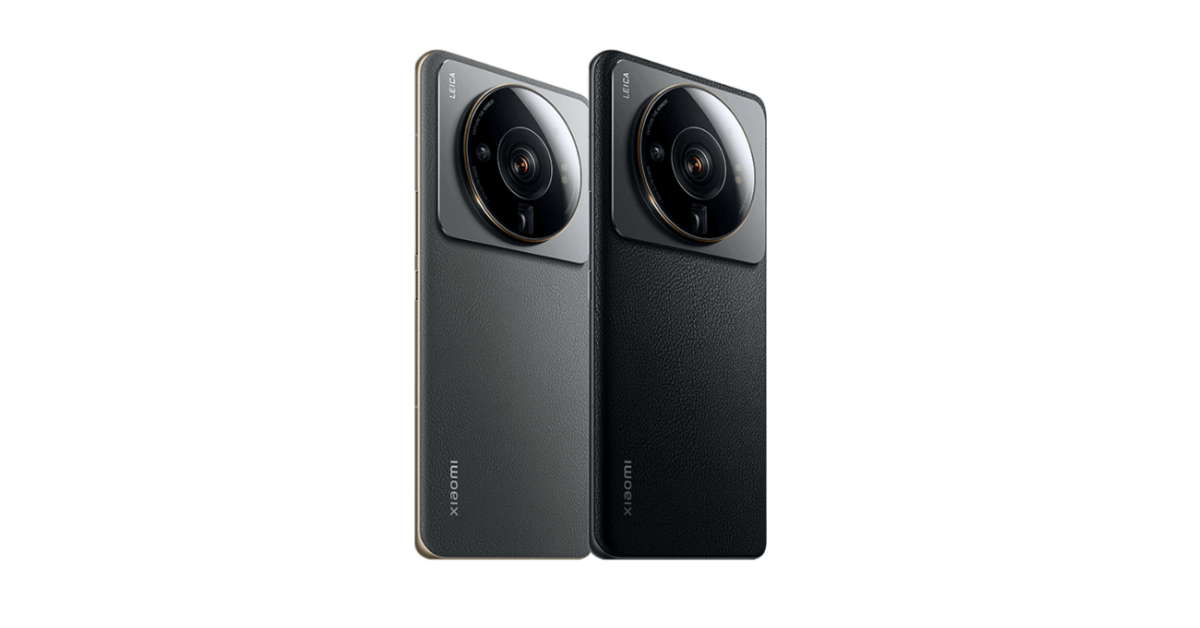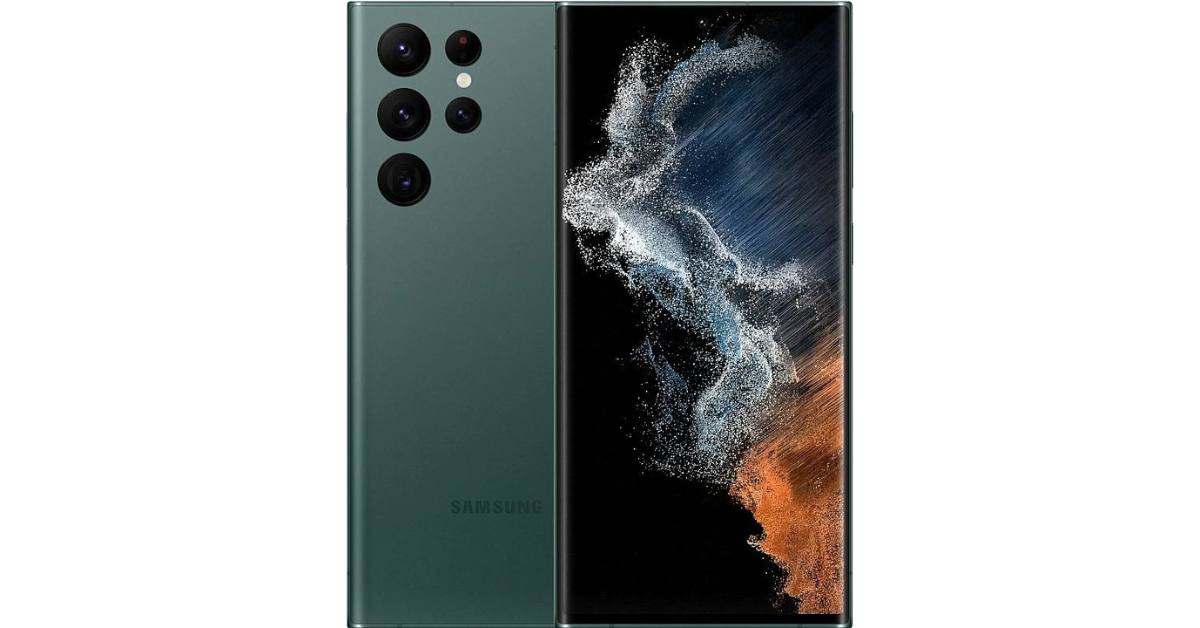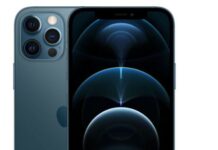Now that this year is over, it was a pretty boring year. We can’t always have exciting years, but I’m using a phone from the previous year, the Xiaomi Mi 11 Ultra, which says a lot.
That means I still had some favourites from this year’s crop. Here they are, in no particular order.
Asus Zenfone 9

I want to start this list with an Asus phone, just like last year. Of course, it’s the Zenfone 9 this year. I’ve always liked small flagships, and I think Asus has done it again. The new Zenfone 9 is the best-looking phone of this year. The design is so simple, but it looks so classy and expensive.
It also has almost everything a top-of-the-line phone in this year should have, except for a telephoto camera. But a diagonal of 5.9 inches makes it hard to ask for one. But at least the ones it has are great.
I’m also a big fan of clean Android software, and ZenUI from Asus is one of the best. It looks and feels normal, but it has some advanced and geeky features that are unique to it. Surprisingly, the battery life is better than some bigger devices with much bigger batteries.
Google Pixel 7 Pro

Thegadgetszone liked about the Pixel 7 Pro was how to clean Android was. The camera is another one, of course. I loved how the stills were processed. I don’t know what it is, but the Pixel photos have a distinct feel. And I like it.
I also like that this phone is so smart. Google’s AI-powered features, such as call screening, speech-to-text and back-to-speech conversions, and extract images and text from photos, are great. The Pixel 7 Pro is what a smartphone should be. Or at least, it’s the closest thing we had to a smartphone.
I probably would be using a Pixel 7 Pro right now if they weren’t so hard to find. Also, many of the smart features need to be fixed in the country where I live. Speech recognition software can only do so much, after all.
And, even though it’s almost the same as the 6 series, I like the design this year, even though it’s a bit strange. Last but not least, this year’s Pixel phone doesn’t have many hardware or software problems, as most Google phones did in the past.
The Pixel 7 gets a special mention because it is a small flagship with a good set of features and a surprisingly low price.
Pixel 6a

Don’t get me wrong; I’m not a big Pixel fan. Still, it’s hard to argue that this year’s Pixel phones could improve. The only midrange I can think of this year that stands out from the crowd is the Pixel 6a.
It’s cheap, runs on Google’s flagship SoC from last year, has a flagship-level camera, and gets all the benefits of being a Google phone regarding software updates. In general, it’s a well-rounded phone. If you can get it in your country, you should think about it.
Xiaomi 12S Ultra

I’m currently using the Xiaomi Mi 11 Ultra, and I’m very upset that the 12S Ultra can’t be used outside of China. The 12S Ultra is a great phone, and I’m lucky enough to be able to use it.
It has all the bells and whistles and is arguably the best camera phone on the market. The performance of the telephoto camera is unmatched.
I also really like how it looks. I like how the fake leather and round camera module make the surface look and feel different. It has a great grip and may be more durable than a glass sandwich building.
I’ve also grown to like Xiaomi’s MIUI in the past few months. It has many features, is polished, can be changed, and works quickly.
Samsung Galaxy S22 Ultra

Like most of my coworkers, I’m picking the Samsung Galaxy S22 Ultra as one of my favourite phones of this year. This isn’t because the Korean tech giant is giving us free Bugattis but because the S22 Ultra is the closest thing we have this year to a flagship with no compromises. The phone will finally bring together the Note and S lines and make an overall product that can’t be beaten.
It has so many features that it’s hard not to be popular. This phone has two telephoto focal lengths, one of its best features.
One big reason I like this year’s Ultra is the software. One UI is better than ever. It has many useful features, and it’s the best custom Android skin for use with one hand. This was One UI’s main selling point a few years ago, and it has stayed true to its roots.
One thing I don’t like about One UI 5.0 is that, even though it feels much smoother than its predecessor, it still needs to be faster than its competitors. I used the S22+ for most of this year, and most, if not all, other Android versions feel faster and more responsive.
Still, most people would only notice the difference and care less than I do.
This year will bring more new and interesting phones to talk about and a worldwide release of my favourites.







